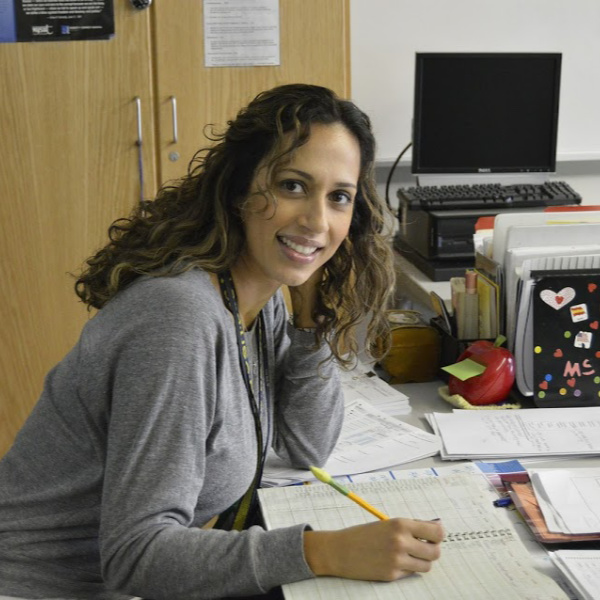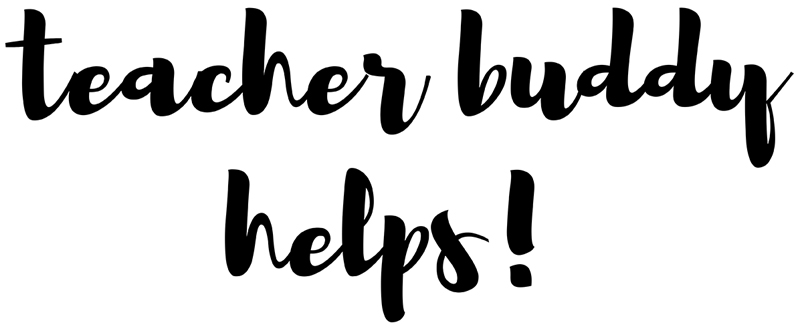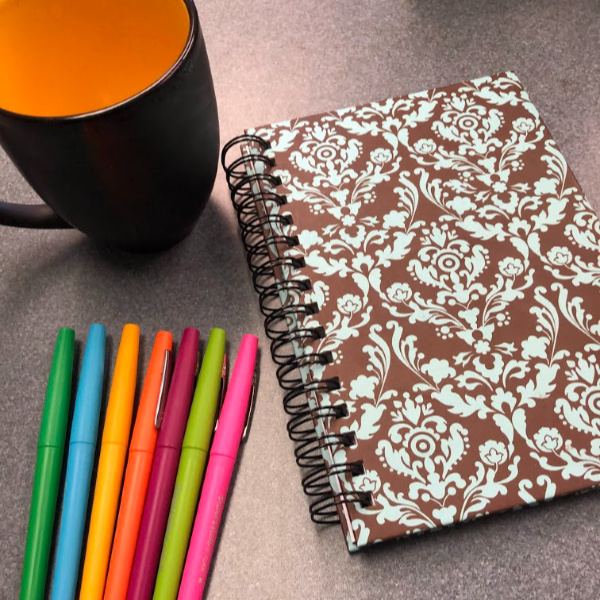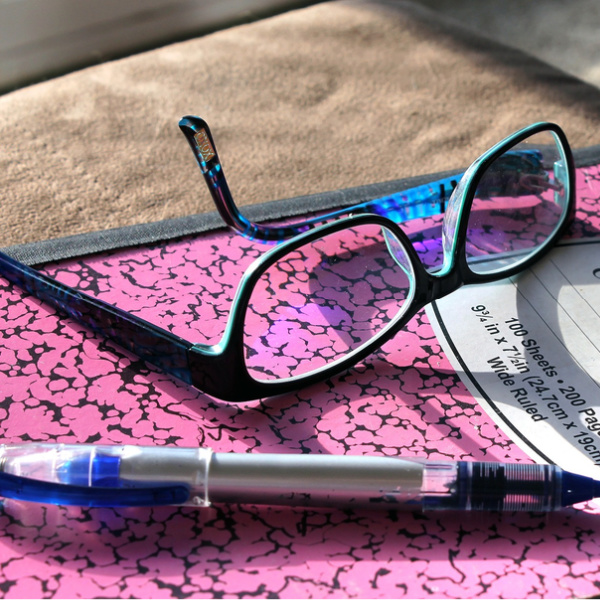First Year Teacher Preparation – How Can I Ever Grade All These Papers?

( The Power of the Circular File)
One of the most overwhelming tasks during your first few years of teaching is the HUGE OVERLOAD of papers. First-Year teacher preparation programs don’t teach you this!
Your planning period hours seem to keep diminishing, and your stacks of assignments to grade keeps getting bigger and BIGGER! Which only adds to your feelings that you can’t possibly do it all, and you wonder, “How do those teachers get everything done?”

Especially since you are working every waking hour. Yet they seem to go home at least an hour before you each day. This then adds to your self-doubt about if you have what it takes to be a teacher.
The Never Discussed SECRET!!
Well guess what? Those teachers aren’t grading every assignment. No one does (at least no one who has a personal life, or gets sleep at night). They probably don’t admit this to anyone except their tried and true best friends, so I’m telling you now.
So how do you create a system of what to grade and what to skip over? The answer is “it depends,” it depends on the grade level, the requirements at your school or within your department, etc.
What I did in primary grades!
I spent many years in the primary grades. So I came up with a system using folders for classwork. Finished work went on one side, and work “not yet complete” went in the other. Each week I would pull completed work from student folders and staple them all together.
These were papers we had either done as guided practice so they were 90% correct. And the rest were class assignments that followed the guided practice.
Sometimes I would pull a particular assignment out of each folder (for the whole class). Or ask the students to turn them in to me and not put them in their folders. These were the assignments that I actually graded.
The rest of the papers in the packets I quickly put either check marks, a star, a smiley face on them. Or a check minus, if it was incomplete or messy.
In later years, I added a mini-report to the front of this packet with symbols for behavior and a place to jot a quick note (if you wanted to). They now sell these types of mini-reports at teacher stores BUT they are easy to make (and saves money).
I explained this to parents at back-to-school night and in a letter sent home at the beginning of the year.
Sign up for my FREE Classroom Routines Checklist Below.
**
THE CIRCULAR FILE
So, where does the “circular file” come in? And what is a circular file?
Those of you asking that are young and peppy. A circular file is the trash can (they used to be circular in many schools/offices – back in the day).
If you teach older students, a happy face or star on their paper is not going to cut it. The years that I moved into fifth or sixth grade meant I had to discover another system. I told students that some work was being saved for me in a portfolio files (which was true). But often they were filed in the circular file.
Don’t try to grade everything!!
Of course, special assignments and exams were graded and recorded, but others were not. I also used students to help correct homework and math work. Have a high achieving student (who finishes first anyway) check the other students’ work against the answers in the TE.
Before you do this, make sure that it is allowed in your school. If there has been a parent complaint about this, your school may have a policy stating that you can’t do this.
You may be interested in reading another article I wrote that will be helpful to first year teachers. Here it is:
Teacher Organization – How to Prepare and Stay Focused.
Never give away the secret of the circular file to your students.
If they become aware of this many will stop completing their work. Be aware that some of the students might start asking where a certain assignment is. You have to be creative with your answers. But most of the time I would just say I am saving it for parent conference time and he/she would be satisfied.
Make sure you have enough assignments saved for parent teacher conferences. Most of the time the only students who ask this are the high achieving ones who just want validation. Try giving them praise and validation in another way and often that will do the trick.

You can also be honest and say that you just haven’t had time yet to grade them; your baby has been sick, you went out of town, etc.
For assignments that you complete together as a class during instruction and guided practice, you can just let them take it home – reminding them that you all did it together.
If you are concerned that there is nothing marked on these papers, purchase one of those “cutesy” stamps that says “Completed together” or “My teacher helped me with this.” And then a good student can go around and stamp everyones paper.
Ask your colleagues how they have set up their grading system!
If you’ve become friendly with a teacher who has taught that grade for many years (I would say over seven), and has a reputation for being a good teacher, you can ask him/her how they organized student work and the grading process. Most will be glad to share their system with you.
But they may not admit they use the “Circular file.”
REMEMBER, be sure to keep the secret of the “Circular file” to yourself! And don’t ever try to grade everything!
Your Teacher Buddy






